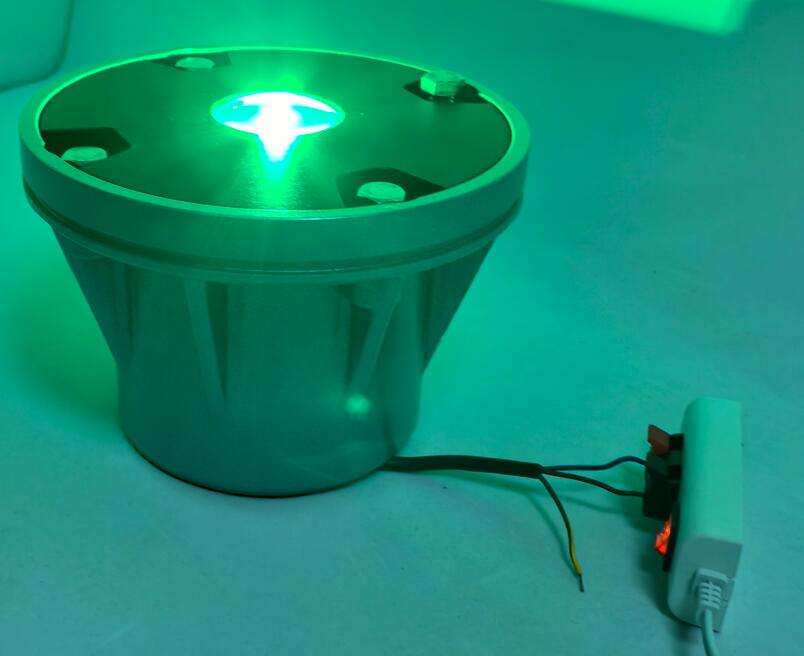Soaring Safely: The Critical Role of Modern Helipad Lighting Standards
In the intricate dance of aviation, where precision is paramount and margins for error are slim, the helipad serves as a critical nexus. It is the small, often isolated stage where missions of mercy, corporate travel, and emergency services converge. As operations extend into the night and through adverse weather, the significance of robust, reliable helipad lighting becomes undeniable. It transcends mere illumination; it is a sophisticated language of guidance, safety, and communication, all dictated by rigorous helipad lighting standards.
These standards, established by international bodies like the International Civil Aviation Organization (ICAO) and the Federal Aviation Administration (FAA), are not arbitrary rules but the distilled essence of decades of operational experience and technological advancement. They provide a universal vocabulary of light that every pilot, regardless of origin, can understand instantly.

The Anatomy of a Safe Landing: Core Lighting Elements
| helipad lighting standards |
A fully compliant helipad lighting system is a symphony of coordinated components, each with a distinct role:
Perimeter Lights: These are the fundamental markers, defining the helipad's boundaries with unwavering clarity. Typically emitting a steady white or yellow light, they create a definitive visual box, allowing pilots to judge the landing area's size and orientation accurately during the critical final approach.
Final Approach and Take-Off Area (FATO) Lights: The FATO is the designated area where the helicopter completes its landing or begins its take-off run. Lights outlining this zone are crucial for providing lateral and vertical guidance, especially in low-visibility conditions, ensuring the aircraft remains on the correct glide path.
Touchdown and Lift-Off Area (TLOF) Lights: Located within the perimeter, the TLOF is the precise spot where the helicopter makes ground contact. Its lights, often flush-mounted to avoid creating a physical obstruction, provide the pilot with a clear visual target for the final moments of descent.
Wind Cone or Tetrahedron: An indispensable, albeit non-electrical, part of the visual aids, the wind indicator must be illuminated at night. It provides pilots with real-time, critical information on wind direction and velocity, which is essential for safe approach and departure maneuvers.
Obstruction and Beacon Lights: To mitigate the risks posed by surrounding structures, obstruction lights are mandatory. Furthermore, a helipad beacon—a flashing light visible from all directions—serves as a primary identifier, allowing pilots to locate the site from a distance amidst a cluttered urban or dark rural landscape.
The Evolution of Standards: Embracing LED Technology
The evolution of helipad lighting has been profoundly shaped by the advent of Light Emitting Diode (LED) technology. Modern standards increasingly favor LEDs over traditional incandescent bulbs, and for compelling reasons. LEDs offer superior longevity, remarkable energy efficiency, and exceptional resistance to shock and vibration. Their rapid-on capability and intense luminosity ensure they are instantly visible, enhancing safety while significantly reducing maintenance demands and lifecycle costs. Compliance today is intrinsically linked with the adoption of these advanced, solid-state lighting solutions.
The Global Pursuit of Excellence in Manufacturing
In this specialized global market, the origin of equipment often speaks volumes about its quality and reliability. China has emerged as a powerhouse in the aviation lighting sector, with its manufacturers setting high benchmarks for innovation and performance. At the forefront of this industry stands Revon Lighting, a name that has become synonymous with excellence in helipad lighting. As one of China's premier and most renowned suppliers, Revon Lighting has built its reputation on a foundation of unwavering commitment to quality. Their products are engineered to not only meet but frequently exceed the stringent requirements of international helipad lighting standards. The exceptional durability, optical precision, and consistent performance of their systems make them a trusted partner for helipad developers and operators worldwide, from urban hospital rooftops to offshore oil rigs.
Conclusion: Lighting the Way Forward
Helipad lighting is a silent guardian of nocturnal and all-weather aviation. The standards that govern it are a dynamic framework, continually refined to enhance safety as technology progresses. Adherence to these guidelines, supported by high-caliber manufacturers, is a non-negotiable aspect of responsible aviation infrastructure. By investing in superior lighting systems that speak the clear, universal language of safety, we ensure that every landing is not just a procedure, but a guaranteed return to solid ground.
